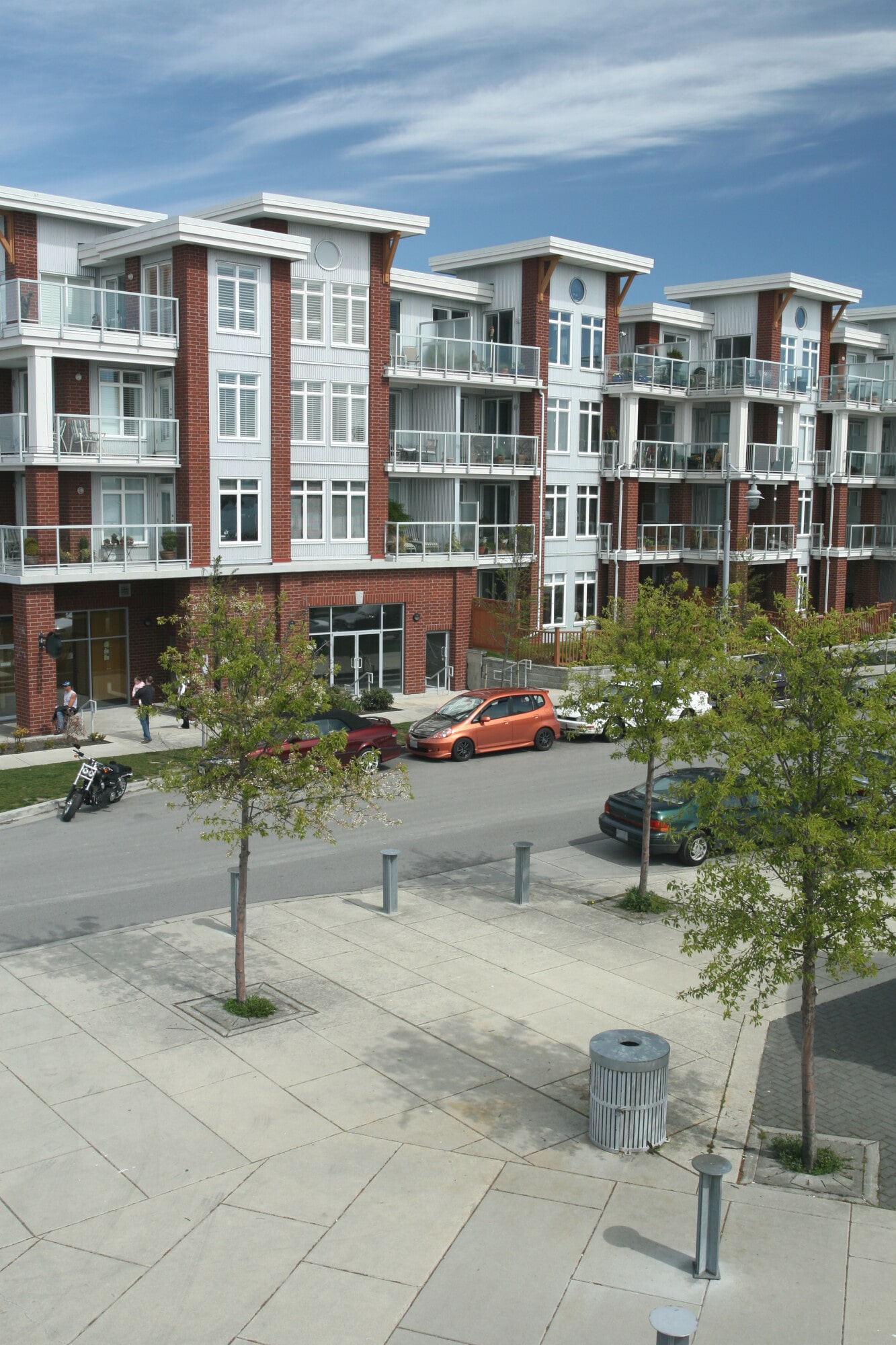In the dynamic world of real estate investment, the pursuit of prosperity often leads investors to diversify their portfolios by acquiring multiple properties. While this strategy holds tremendous potential for financial growth, it also presents a unique set of challenges, with effective leasing management emerging as a pivotal factor in determining success.
Navigating the intricate landscape of multiple properties demands a strategic approach, keen organizational skills, and a thorough understanding of the nuances associated with leasing and tenant relations.
How do you balance everything? We can help.
Let's go through what you need to know when it comes to leasing management for multiple properties.
Standardized Processes
Standardizing processes is crucial when managing multiple properties with leasing. Start by creating a comprehensive leasing playbook that outlines consistent procedures for tenant screening, lease agreements, and move-in/move-out processes.
This ensures uniformity across all properties, reducing the chance of errors and making it easier to manage a diverse portfolio efficiently.
Implementing a centralized database or property management software is essential for enforcing these standardized processes. That will help improve your leasing performance.
This lets you manage lease agreements, tenant information, rent payments, and maintenance requests in a systematic way.
It serves as a single source of truth for your leasing management team. That helps create smoother communication and collaboration.
Pay Attention To Screening Tenants
Giving careful attention to tenant screening is a critical aspect of effective multi-property leasing management. Establishing a thorough and consistent screening process is essential to ensure that each tenant is a good fit for the property and aligns with your leasing criteria.
Define clear and standardized screening criteria across all properties. This can include requirements such as minimum credit scores, rental history, income verification, and background checks.
By maintaining consistent standards, you reduce the risk of overlooking crucial factors. That helps ensure a fair and transparent tenant selection process.
Tenant Retention is Key
You also need to stay on top of retaining tenants. Establish clear and open communication channels with tenants. Respond promptly to inquiries and concerns, demonstrating a commitment to addressing their needs.
Consider offering incentives for tenants who choose to renew their leases. This could include a rent discount, property upgrades, or other perks. Incentives show your appreciation. That encourages tenants to stay put.
Maintenance Management
Don't neglect maintenance, either. Having multiple properties can make it a lot easier for things to fall by the wayside.
Conduct regular property inspections to identify and address maintenance issues before they become major problems. This proactive approach helps prevent costly repairs and ensures that properties are well-maintained.
Implement a preventative maintenance schedule for each property. Regularly scheduled maintenance tasks can extend the lifespan of equipment and reduce the risk of problems.
These could include things such as HVAC system checks, plumbing inspections, and roof assessments. If you're struggling, bring in property management professionals to help you out.
Leasing Management for Multiple Properties: Start Today
You really need to pay attention when it comes to leasing management for multiple properties.
Do you need help with property management for your investment empire? PMI Midwest has over a decade of experience to lend to you. Contact us today.



